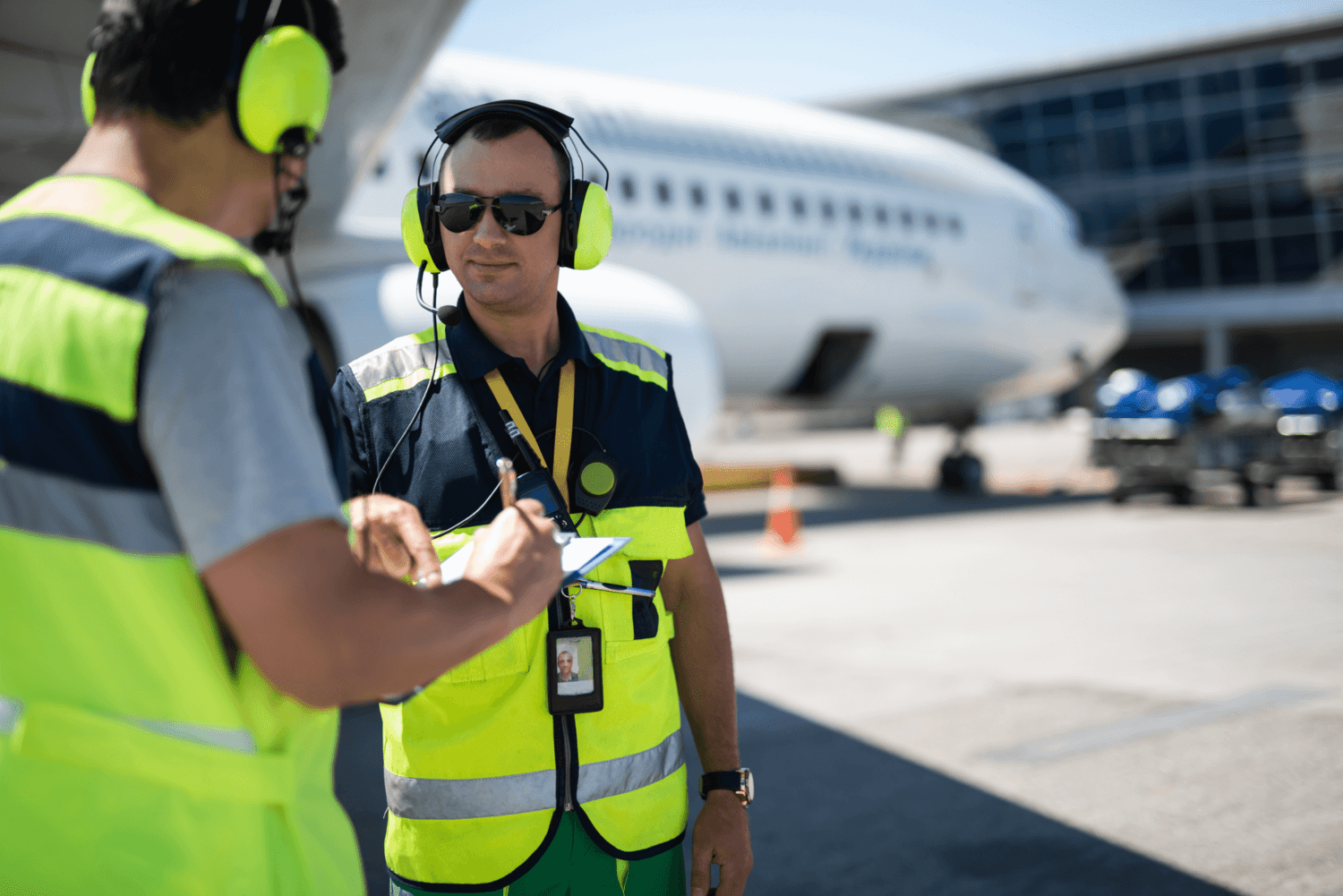
Release date : 2020-09-09
The emerging markets call for the development of the Russian aircraft aftermarket as the demand for aircraft parts and components rises
Last week a South African manufacturer Denel Aviation and the Russian Oboronprom, the parent company of an aircraft manufacturer Russian Helicopters, announced that the companies would create a servicing hub for the Russian-made military and commercial helicopters in the Sub-Saharan Africa. The construction of such service centre, along with the increasing global demand for Russian aircraft spare parts clearly indicates the rising need for an extensive Russian aircraft aftermarket in the emerging markets.
‘For some time now we have been observing an increasing demand for spare parts for the Soviet/Russian aircraft, including both airplanes and helicopters, particularly in the emerging markets such as the Middle East, Asia and Africa. Russian aircraft have been always known as exceptionally reliable, and even despite the recent 20 years’ gap in the industry development, Russian aviation products remain quite popular in many countries. Unfortunately, due to moderate production capabilities and the amount of original equipment manufacturers, as well as MRO providers, the aftermarket of Russian aircraft has not yet been fully developed,’ commented Zilvinas Sadauskas, the CEO of Locatory.com
Today Russian helicopters account for 13% (approx. 8500 aircraft) of the global helicopter fleet. Over 400 MiL helicopters are currently being operated in the Middle East, yet there are only a few local MRO providers which are capable of servicing them. Moreover, Russian Helicopters, the manufacturer of MiL helicopters, has only one officially approved component supplier. This forces operators to send their aircraft for MRO servicing to other regions, as well as lowers the performance of the fleet due to lengthy deliveries of the needed parts and components.
Today Russian helicopters account for 13% (approx. 8500 aircraft) of the global helicopter fleet
The situation with the other Russian aircraft is quite similar, since the Russian aviation industry doesn’t yet have an extensive aftermarket network outside the region. However, Russian aircraft are popular and widely used across the globe, which suggests that operators could actually form the aftermarket themselves. The highly popular MiL 8/17 is being operated in approx. 100 countries in different regions across the world. More than a hundred of IL-76 aircraft are being used for commercial and military purposes worldwide. There are hundreds of Russian aircraft operators outside Russia. They are all potential suppliers.
However, while carriers can phase out and tear down their aircraft for parts and components (which afterwards may be restored and sold), the market is also targeted by fake suppliers. This not only includes various brokers who mislead consumers, but also suppliers, who provide counterfeit and unfit products.
‘Several years ago Russian authorities arrested a group of people which was reselling stolen components for IL-76 aircraft. The group was repacking used engine parts and supplying them to various clients. Last year a Chinese citizen was caught on the Russian border while trying to smuggle in various components for MiG-29 and Su-27 jets. Unfortunately, when the market lacks something, there will always be someone who is willing to exploit the situation. However, such cases shouldn’t discourage carriers from establishing a tighter inter-communication network amongst themselves and other market players interested in selling and exchanging the components for their Russian helicopters and airplanes. In order to ensure that carriers end up with top quality products, it is obvious that they must utilize only those procurement platforms which are reliable and secure. Such platforms maintain quality control systems, which restricts the entrance of fake and unreliable suppliers to the market thus ensuring the provision of trust-worthy procurement solutions only,’ commented Zilvinas Sadauskas.


